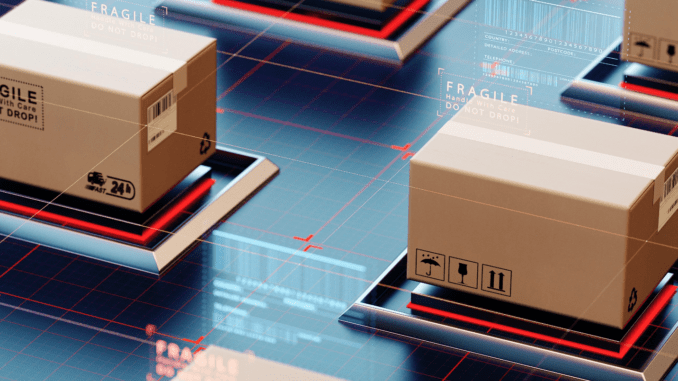
Global supply chains have been under pressure for the past two years and have yet to recover from the effects of the pandemic. Now, given the current geopolitical situation, what are the prospects for the next 18 months? We asked those in the know…
Peter Cowan, procurement director, Data Direct
To say that global supply chains have been under pressure for the past two years is an understatement. Having been perfected and improved continuously for years, supply chains have somewhat imploded over the past two years, unravelling in the face of unprecedented challenges. While some of these has been self-inflicted, with the fallout from Brexit, the pandemic, along with geo-political upheaval, has seen challenges simply multiply. Some improvements and efficiencies have been put in place, only for another shock to add to the pressure of simply trying to get to a state of ‘business as usual’ for stocking, supply and pricing.
Personally, I do not see any positive change coming within the next two years, and just about the only plan you can make is to continue to plan for the worst; it’s my guiding principle, and a motto we have within procurement at Data Direct. Planning for the worst outcome ensures there is always an upside for our dealer customers – we’ve planned the supply chain as best we can, ensuring stock availability, with minimal price disruption. In examples where significant increases in demand are simply unforeseen, it’s our duty to keep our dealers fully-informed so that they can tailor their choices, and manage their end-user demand accordingly.
There is such huge transparency now in the reporting of the global supply chain that I think everyone in business fully understands, and appreciates, the extent of the challenges that are felt by everyone in the chain. Every OEM and aftermarket supplier for any product you would care to mention is facing the same challenges, so we really are ‘all in it together’.
In planning for the worst, we have greatly increased our stock levels of key items and keep transit to lowest cost sea freight routes. If we do have to ‘top-up’ stocks to maintain service levels, we accept that our margin will be greatly impacted due to air freight costs but, so be it – that’s reality right now.
Simon Howorth, marketing and design manager, Dams
Looking back over the past two years, of course, it’s been a challenge at times. The COVID pandemic has not only caused global health issues, but also created challenges throughout the world economy, with disruption to our supply chain, a continuous upturn in pricing, shortages in available containers, freight costs rocketing, and much more. We’ve used our manufacturing and purchasing strength to ensure we maintain stocks of materials at appropriate levels where possible, and we’ve done everything we can to maintain a stable supply chain for customers over these turbulent times.
Coming into 2022 there was some real hope that things were beginning to return to something like normality as COVID restrictions were eased, but now the uncertainty of the war in Ukraine, and the resulting economic sanctions placed on Russia, are resulting in higher prices for everyday items such as petrol and food, with our energy bills rising to record levels and inflation on the increase.
In the office furniture industry, unfortunately, we’re not immune to these factors, but at Dams we work tirelessly on behalf of our customers to minimise any disruption that may arise. For the remainder of 2022 it’s likely that material prices will not fall, as supply chain problems and high production costs, coupled with high demand for materials, will continue to hit the industry, meaning that some pricing issues will not soften over the course of this year.
However, due to the investments Dams has made over the past two years into state-of-the-art machinery, delivery service enhancements, a new IT system, and our warehouse expansion, we’re well-placed to manage any external factors. The new 60,000sq ft extension to our warehouse and distribution centre is now fully-operational, giving us an additional 5,000 pallet locations to not only increase our stockholding capacity, but also allow us to hold an increased level of components and materials so that we can offer a fast-track solution for many made-to-order soft seating items. This will ensure that we can better service the needs of our existing and new customers during these uncertain times.


Be the first to comment